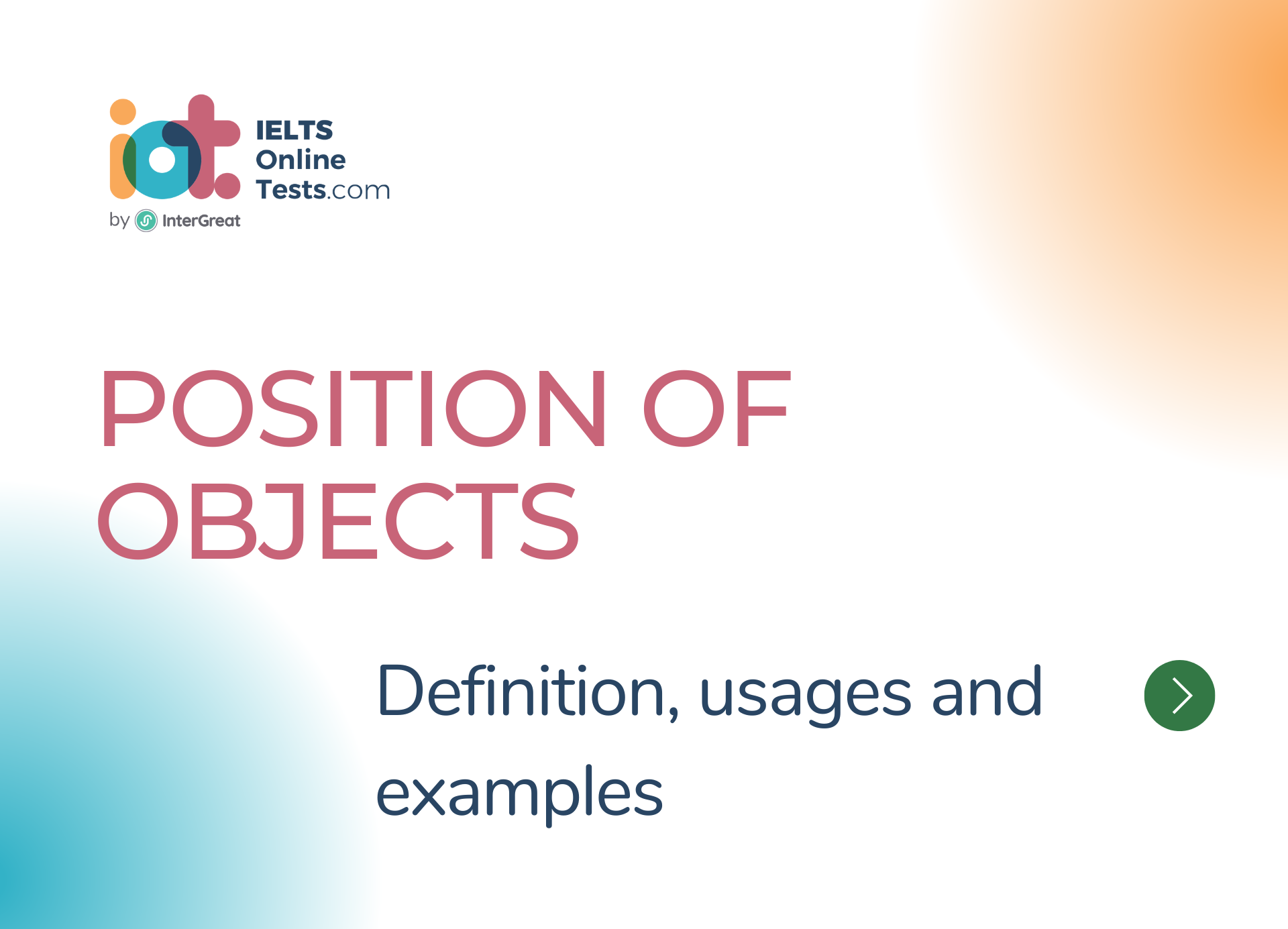
Position of Objects
The position of objects in a sentence depends on the type of object and the sentence structure.
Here are some key points about the position of objects:
Direct Object:
- The direct object typically comes after the verb and before any indirect objects or adverbial phrases.
- Example:
- "She ate an apple."
- The direct object "apple" follows the verb "ate."
- "She ate an apple."
Indirect Object:
- The indirect object usually comes before the direct object, if present.
- Example:
- "He gave me a gift."
- The indirect object "me" precedes the direct object "gift."
- "He gave me a gift."
Object of Preposition:
- The object of a preposition follows the preposition and provides additional information or clarification about the relationship established by the preposition.
- Example:
- "She sat on the chair."
- The object of the preposition "on" is "the chair."
- "She sat on the chair."
Multiple Objects:
- Sentences can have multiple objects, each in its respective position.
- Example:
- "She gave her friend a book."
- "Her friend" is the indirect object that precedes the direct object "book."
- "She gave her friend a book."
Sentence Structure:
- The position of objects can be influenced by the sentence structure, including word order and syntactic patterns.
- Example:
- "In the garden, she planted flowers."
- The object of the preposition "in" is "the garden."
- "In the garden, she planted flowers."
Understanding the position of objects helps in constructing grammatically correct sentences and maintaining clarity in communication. By placing objects appropriately in relation to verbs, prepositions, and other elements, you ensure that the intended meaning is conveyed effectively.




